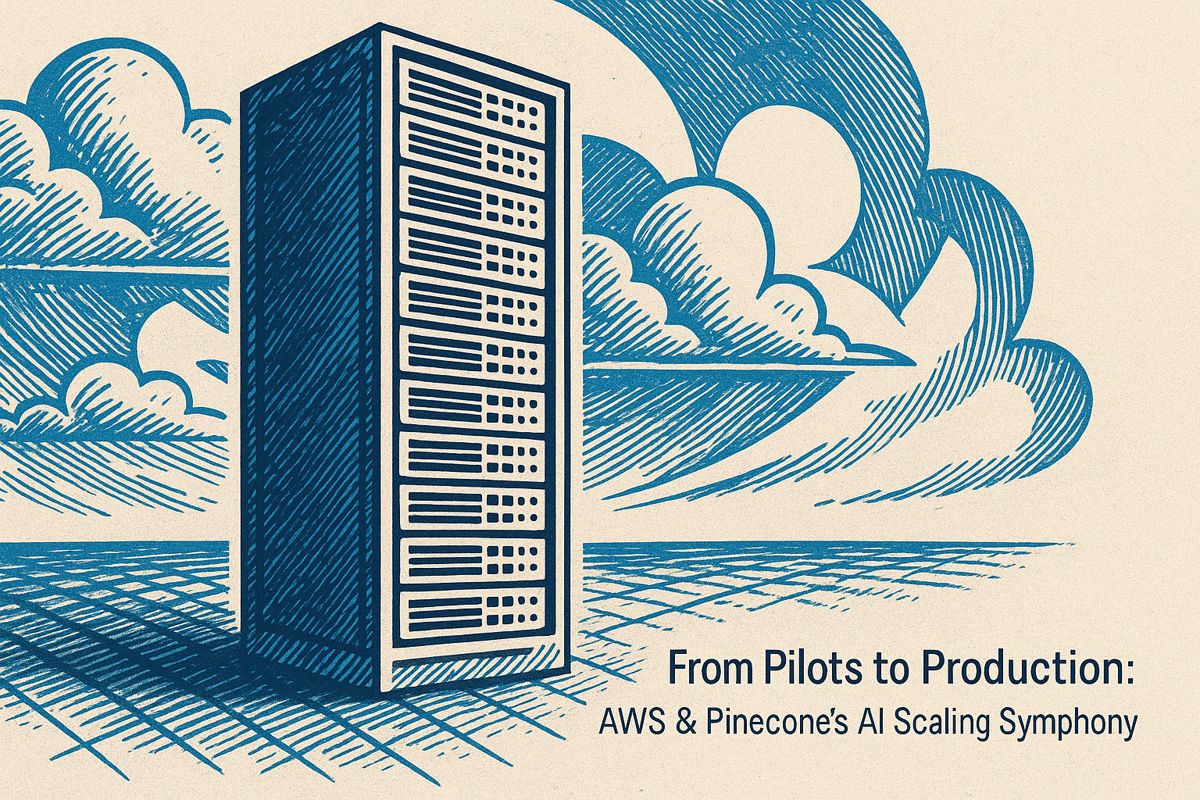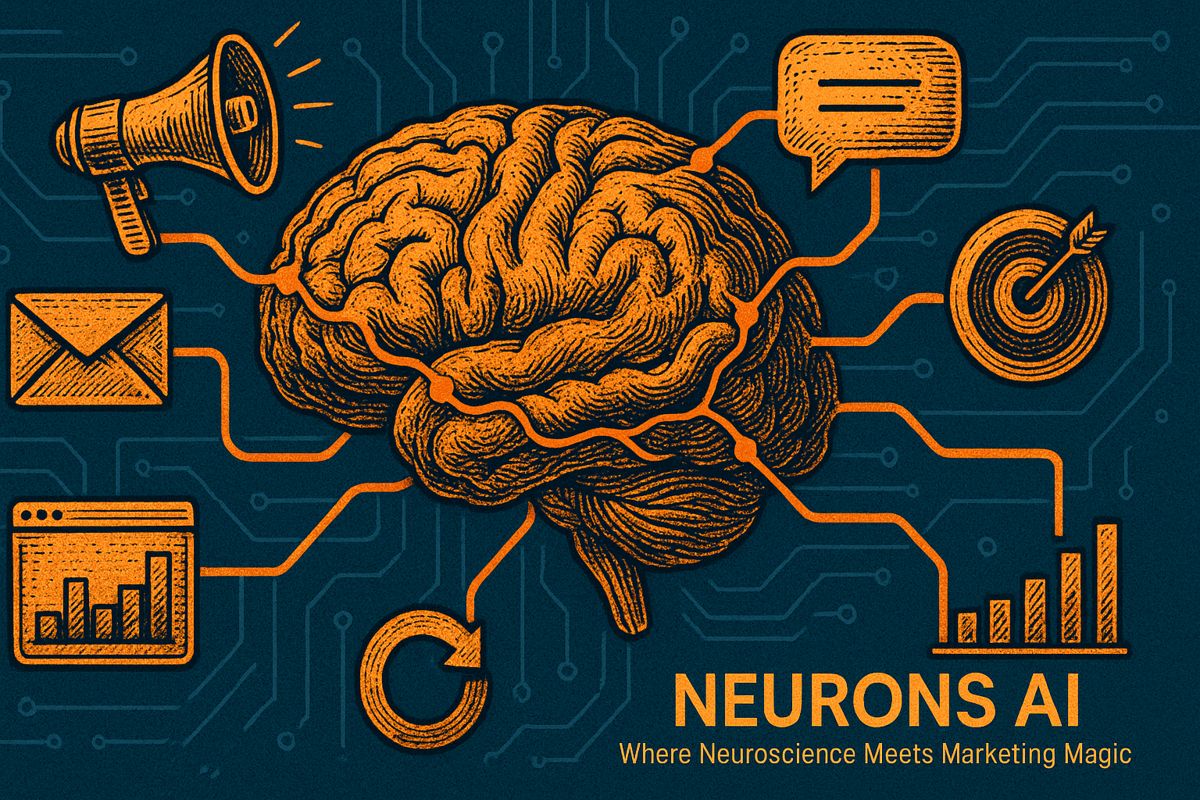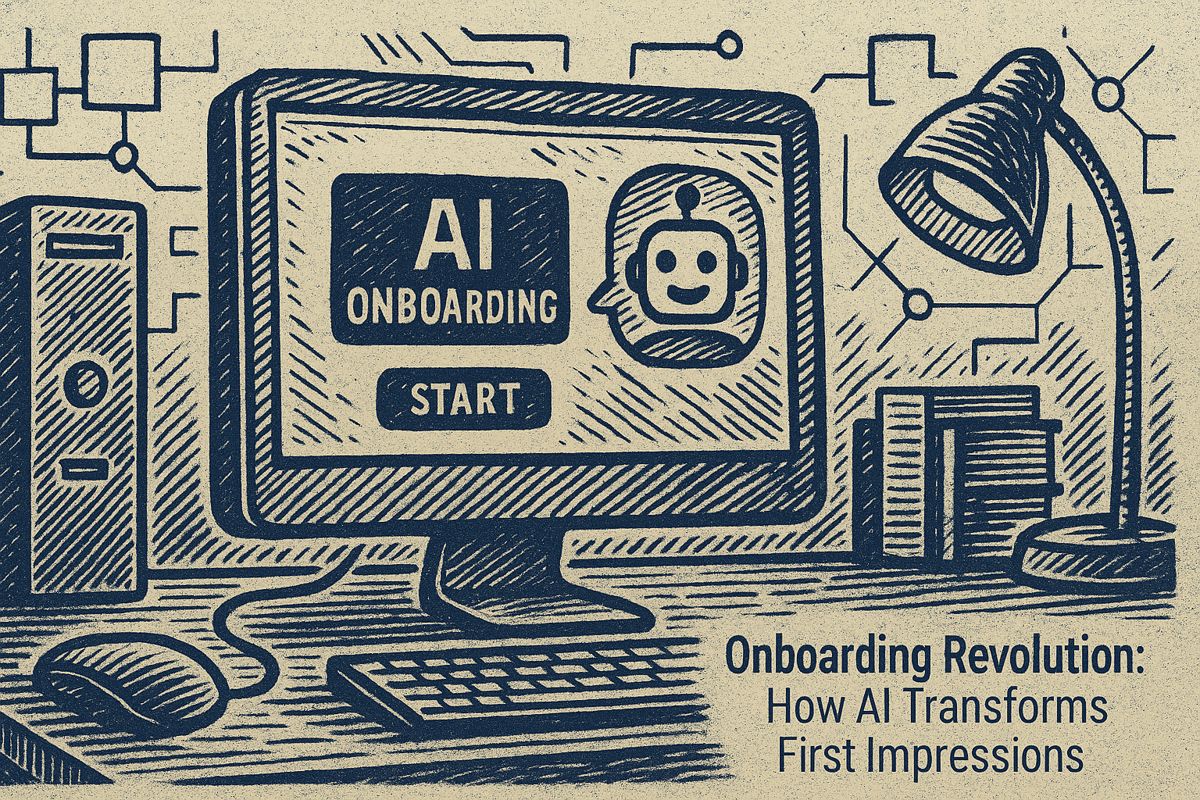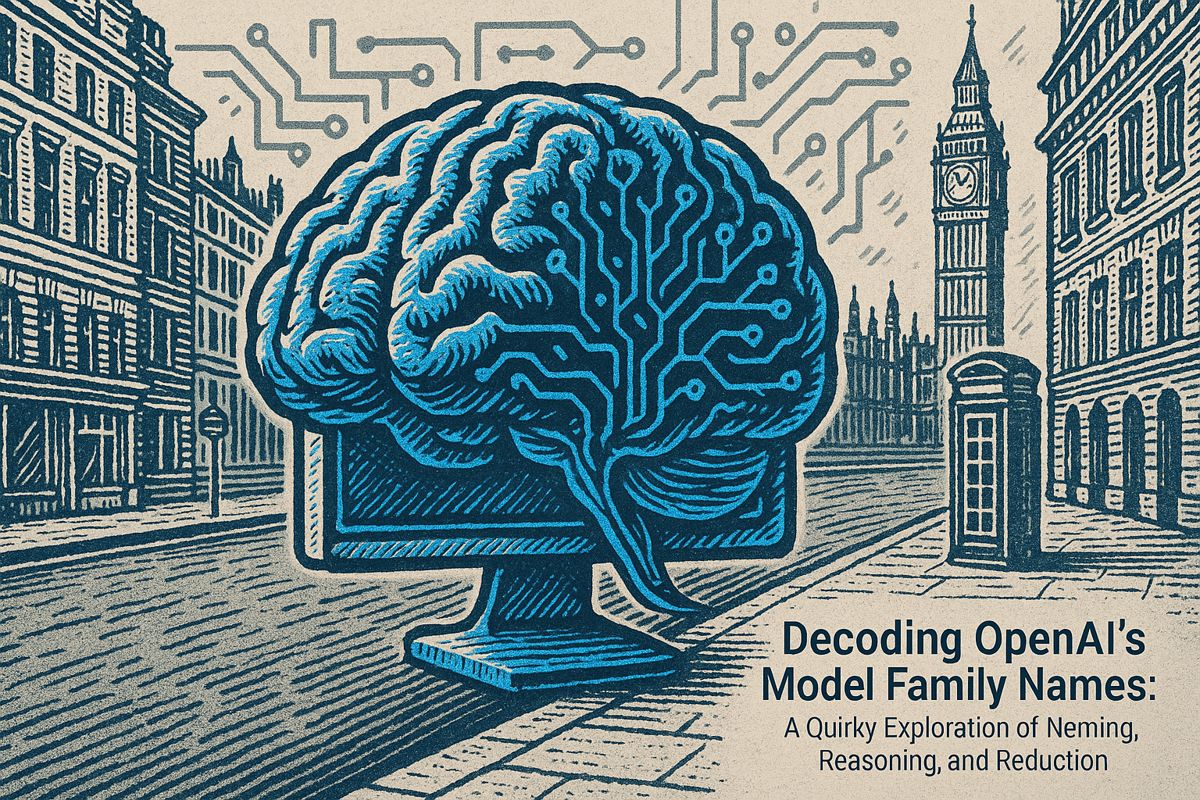Here’s the text with the most important phrase emphasized in markdown bold:
AWS and Pinecone have partnered to revolutionize AI development by offering a simplified, cost-effective vector database solution in AWS Marketplace. Their collaboration promises a dramatic 50x reduction in vector search costs, making it easier for businesses to deploy and scale generative AI projects with improved reliability and compliance. The partnership streamlines enterprise AI development by providing pay-as-you-go access, reducing complex procurement processes, and ensuring robust security standards. This integration tackles critical challenges like model hallucinations and provides enterprises with a more reliable way to ground AI models in real-world data. The collaboration represents a significant step forward in making advanced AI technologies more accessible and practical for businesses across different industries.
What is the AWS and Pinecone Partnership About?
AWS and Pinecone have joined forces to simplify vector database deployment, offering a pay-as-you-go solution in AWS Marketplace that promises a 50x reduction in vector search costs, streamlined enterprise AI development, and easier compliance for generative AI projects.
Sometimes, in the quiet flicker of a laptop screen at 2 AM, I catch myself questioning if this whole AI revolution is a fever dream. Is it even possible to keep up? Watching AWS and Pinecone link arms recently brought back the echoes of my own frantic attempts to scale a toy LLM pilot last year. There were late nights, the chemical tang of stale coffee, and a sense of dread thick as London fog as we teetered between a proof-of-concept and something that wouldn’t collapse under real-world pressure.
Back then, scaling generative AI felt less like engineering and more like a hydra battle – solve one problem (security), three more (compliance, cost, and vendor chaos) rear their heads. I still remember our client’s CTO, a man with the hunched posture of someone who’s never quite slept enough, muttering, “AWS for search would save my sanity.” Fast-forward to now: Pinecone’s vector database, frictionlessly available in AWS Marketplace, seems a little like the cavalry riding in at the last possible moment.
But let’s dig into the real details and figure out if this partnership genuinely moves the needle.
The Heart of the Partnership: Tangible Changes
On June 5, 2024, AWS and Pinecone rolled out a suite of technical resources designed to help businesses shepherd their LLM pilots from sandbox to production. The timing, it must be said, couldn’t be better. Retrieval-augmented generation (RAG) is fast becoming the skeleton key for enterprises hoping to ground their LLMs in facts, not flights of fancy.
Pinecone’s vector database now sits in the AWS Marketplace, available on a pay-as-you-go model – no fat licensing contracts, no baroque procurement process, just a few clicks and you’re live. This is more than marketing fluff. For someone who’s lost weeks in vendor negotiations, the ability to skip paperwork and consolidate billing into a single AWS invoice feels almost… decadent.
And the numbers? Pinecone, with help from AWS SaaS Factory, claims a 50x reduction in costs for vector search at scale. Is it hyperbole? Well, that’s the figure in their docs; time will tell if it holds for everyone. Still, it’s enough to make any CFO’s heart rate quicken – or at least twitch with interest.
RAG in the Wild: Why the Fuss?
Here’s a little secret: most LLMs, left to their own devices, are unreliable narrators. When we first tried to scale up, we spent days tracing phantom bugs only to realize the models were inventing things wholesale. Ever had an LLM blithely assert that ISO 9001 certification was “awarded” to your test environment? I have. It’s maddening.
That’s where RAG, and Pinecone’s expertise, comes in. By letting models reach out and grab context from your actual business corpus, you tether the AI to real-world anchors. Pinecone’s integration promises to make this process not only swift but repeatable at scale. The result? Fewer hallucinations, less hand-wringing, and the faint but glorious scent of hope.
Is it perfect? No system is. I’ll admit: the first time I tried Pinecone, I got lost in their dashboard for a good hour before finding the right documentation. But the learning curve was smoother than most, and the upside – lower latency, fresher data – arrived, as promised, within a week.
Marketplace and Compliance: Where the Real Battles Are Fought
If you’ve ever tried to purchase enterprise software, you know the bureaucracy isn’t just a hurdle; it’s a moat, complete with alligators and the occasional missing drawbridge. The AWS Marketplace strips away much of this mess. You can deploy Pinecone in your preferred region – say, US East (N. Virginia) or EU (Frankfurt) – and scale up or down without so much as a procurement meeting.
SOC 2 Type II and HIPAA certifications aren’t just technobabble. In my previous role, we lost a healthcare client because our stack couldn’t tick the right compliance boxes—an expensive lesson, let me tell you. Pinecone’s adherence to these standards means your sales team can pitch to regulated industries without breaking a sweat (or fudging the truth).
Curious how many other vector databases can claim all this, especially with AWS’s reliability and security? Not many. At least, not today.
Looking Ahead: More Than Just a Feature Drop
AWS and Pinecone aren’t settling. There’s talk of a Generative AI Center of Excellence, new support for managing namespaces and backups, and even tighter integration with tools like Amazon Bedrock. Sometimes I wonder if the pace of these updates is exhilarating or simply exhausting. Maybe both.
One thing’s certain: if you’re building generative AI apps, this partnership is more than a press release. It’s a sign that the infrastructure is finally catching up to the imagination. I’m relieved, honestly—and a little envious of anyone starting their AI journey now, with fewer obstacles and a lot more runway.
Now, if only I could find a vector database for my own scattered thoughts…



















